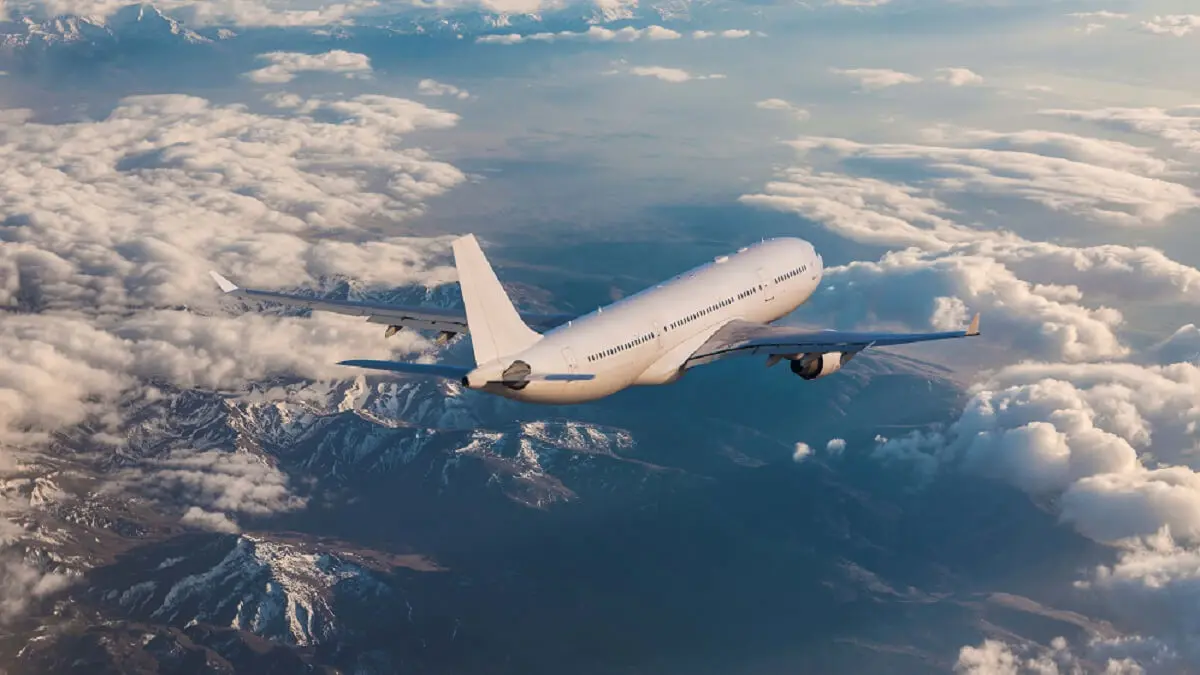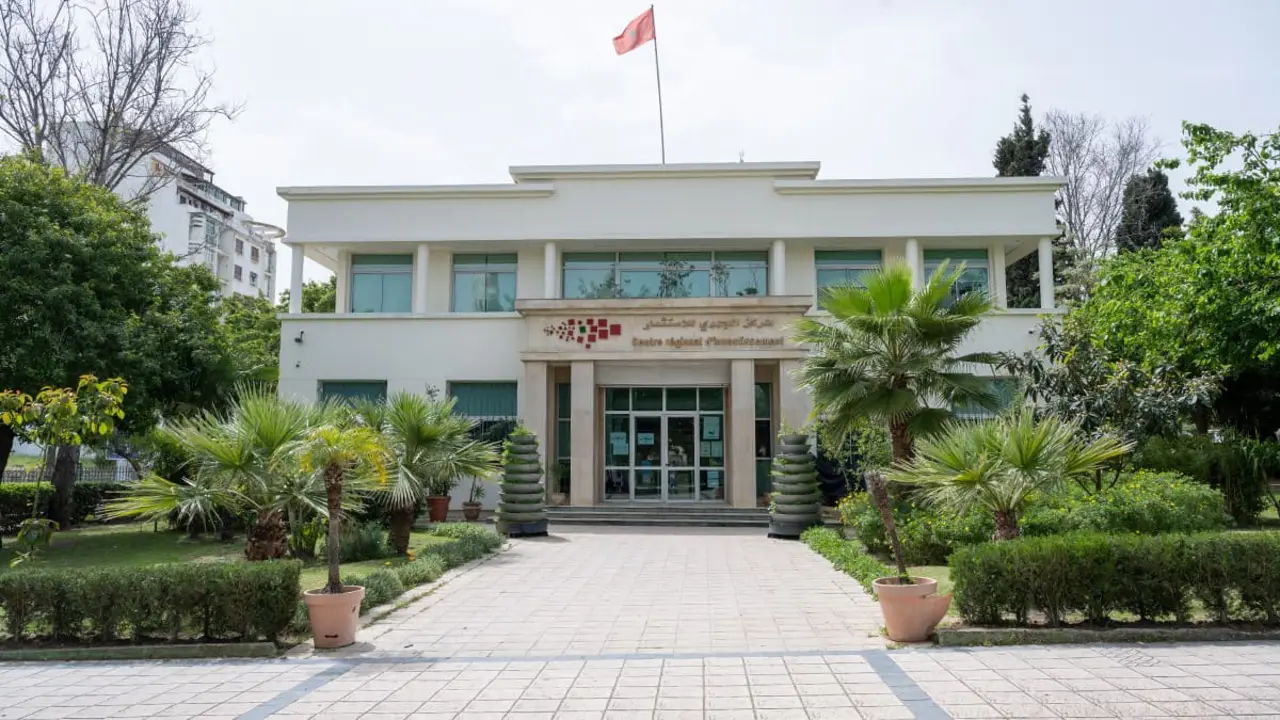Indra advances in Germany's air traffic radar network renewal programme

Indra has completed the first milestone of one of the large air traffic programmes it is working on, after closing the design of the future radar network with Germany's air navigation services provider, DFS, which will be used to control air traffic throughout the country. It is an ambitious project that contemplates the renovation of 23 surveillance systems distributed throughout the country, which will allow the management of more flights, in a more fluid and environmentally friendly way.
Indra has validated with DFS the architecture and characteristics of the different radars to be implemented, proving that they comply with the established requirements, and also fulfils the tight deadlines established for this large-scale programme, which the company was awarded for more than 100 million euros and which will last for thirteen years.
In total, Indra will equip 19 sites with primary and secondary Mode S radars, which will work in combination, and will install secondary support radars in another 4 locations. These systems incorporate more advanced digital technologies, such as more efficient gallium nitride (GaN) transmitters and fully digital signal processing, as well as non-linear multisensor tracking algorithms that will provide a more accurate image of air movements.
Miriam Hernández, head of the project at Indra, explains that these systems are ‘capable of operating in environments with strong interference caused by rain, snow or steep terrain and of mitigating reflections caused by wind turbines and solar panels’.
The systems will also be ahead in incorporating the latest standards set by Eurocontrol (EMS 4.0 regulations) for Mode S radars, which are the most efficient and agile in identifying aircraft. They will also be integrated into the cluster controller developed by DFS, which avoids unnecessary electromagnetic emissions.
To supervise the proper functioning of the entire network, Indra will deploy its control and monitoring system in the cloud, which will make use of big data and artificial intelligence to facilitate predictive maintenance of the radars.
Miriam Hernández states that ‘this will undoubtedly be the most advanced air traffic surveillance network in Europe and a global benchmark project, which will take safety and efficiency standards to new levels of quality’ and adds that ‘the degree of commitment and level of collaboration between the professionals of both companies is proving key to progress at a good pace and is allowing Indra to evolve its systems and provide them with more advanced functionalities’.
This project adds to a series of air traffic contracts that place Indra at the forefront of the sector. The company is currently deploying its iTEC air traffic system in eight countries, covering more than 27,000 square kilometres of sky in total. It is also modernising the Integrated Network Manager (iNM) with which Eurocontrol facilitates the coordination of flights throughout Europe. And it is the company with the greatest weight in the Sesar initiative, with which the European Digital Sky is being built. Its technology is currently ensuring the safety of more than 85% of the world's passengers who board an aircraft every day.










